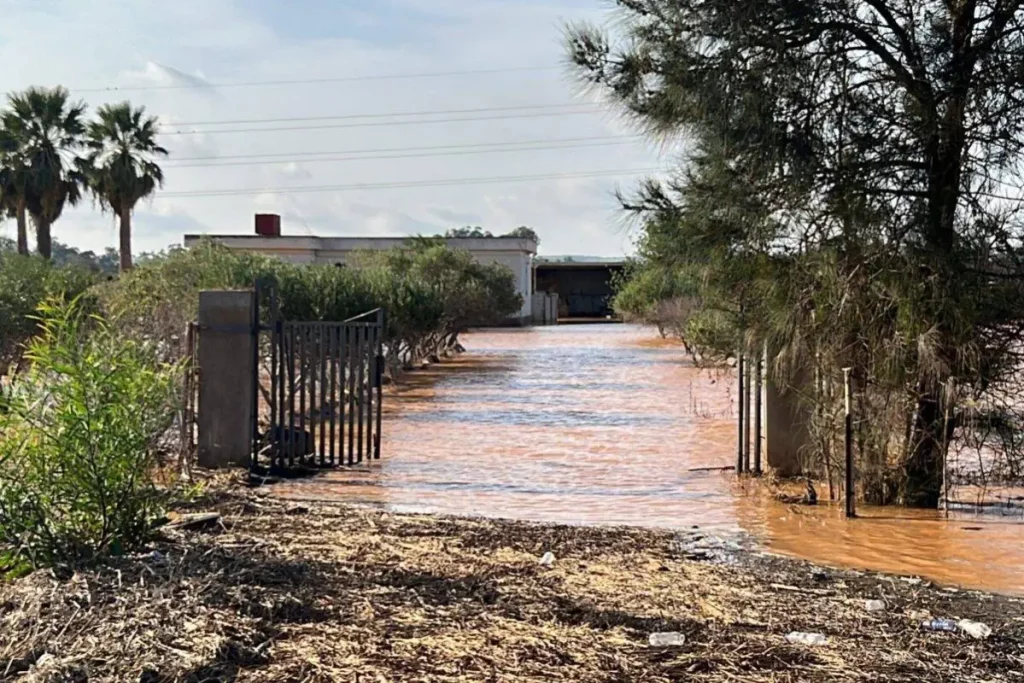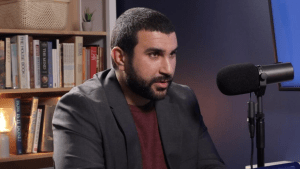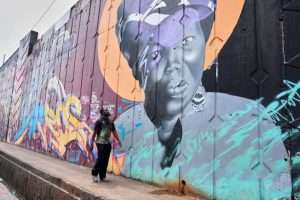UN says that Libya floods displaced 43,000

In the aftermath of a catastrophic flood disaster in Libya’s city of Derna, the International Organization for Migration (IOM) disclosed that more than 43,000 individuals have been forced from their homes on September 21, according to France24 and agencies.
The catastrophe, triggered by a tsunami-sized flash flood, unfolded as a result of the Mediterranean Storm Daniel’s impact on the region on September 10.
This calamity resulted in the destruction of entire neighborhoods and the tragic loss of numerous lives, with an official death toll surpassing 3,300.
However, it is anticipated that the final toll may be significantly higher, with some international aid organizations estimating up to 10,000 people still missing.
The IOM stated, “An estimated 43,059 individuals have been displaced by the floods in northeastern Libya,” highlighting that the scarcity of clean water supply is driving many displaced individuals to seek refuge in other areas.
Urgent requirements for these displaced persons include access to food, clean drinking water, and essential mental health and psychosocial support.
Following a two-day disruption caused by protests where frustrated residents held authorities responsible for the high death toll, mobile and internet services have been restored.
READ: Oussama Romdhani: Libya’s failed state meets climate change
Authorities initially attributed the communication outage to a rupture in the optical fiber link to Derna, but some internet users and analysts alleged a deliberate “blackout.”
Prime Minister Abdulhamid Dbeibah, based in Tripoli, confirmed the restoration of communications in the east via a social media post on September 21.
Libya, which has been ravaged by years of conflict, remains divided between Dbeibah’s UN-backed interim government in the west and a government in the east, which was severely impacted by the recent disaster and is backed by military leader Khalifa Haftar.
The dams overwhelmed by the heavy rains of September 10 had reportedly exhibited structural weaknesses dating back to the 1990s, as revealed by Libya’s top prosecutor.
Negligence on the part of authorities has come under scrutiny as residents expressed their grievances.
Much of Libya’s infrastructure has deteriorated since the 2011 NATO-backed uprising that led to the overthrow and demise of dictator Moamer Kadhafi.
In a televised interview, Libya’s prosecutor general, Al-Seddik al-Sour, assured swift progress in the investigation into the disaster’s cause.
He mentioned that individuals suspected of corruption or negligence have already been identified, although their identities were not disclosed.
Survivors in Derna now confront new threats, as the United Nations has cautioned that disease outbreaks could constitute a “second devastating crisis” in the flood-affected areas.
Concerns have been raised by local officials, aid agencies, and the World Health Organization regarding the risk of disease outbreaks, particularly stemming from contaminated water sources and inadequate sanitation facilities.
The Libyan disease control center has issued warnings about the pollution of mains water in the disaster zone, urging residents to avoid its use.
France24 and Agencies
Want to chase the pulse of North Africa?
Subscribe to receive our FREE weekly PDF magazine














